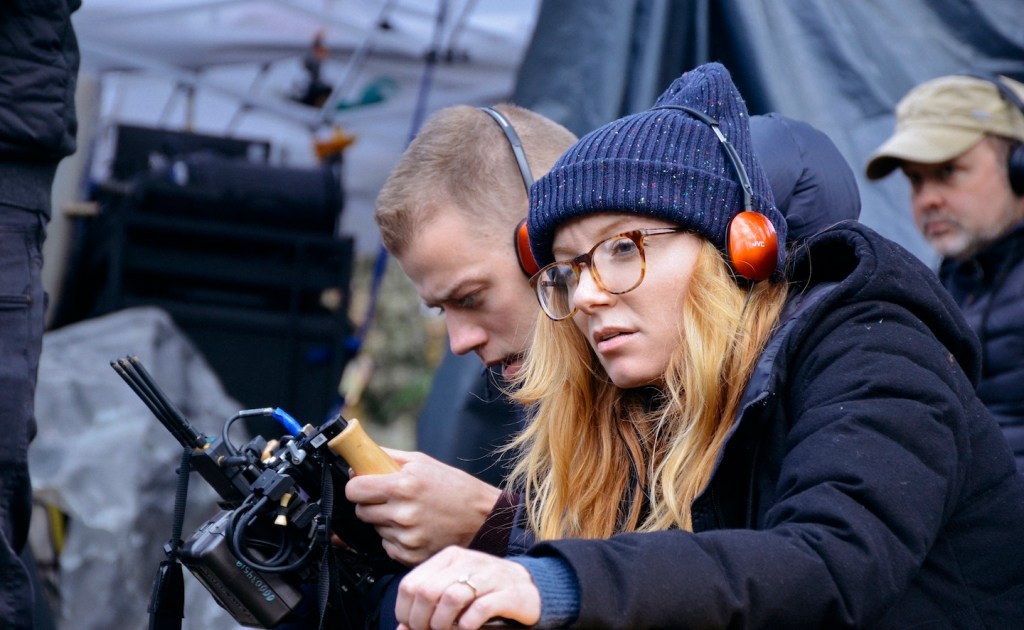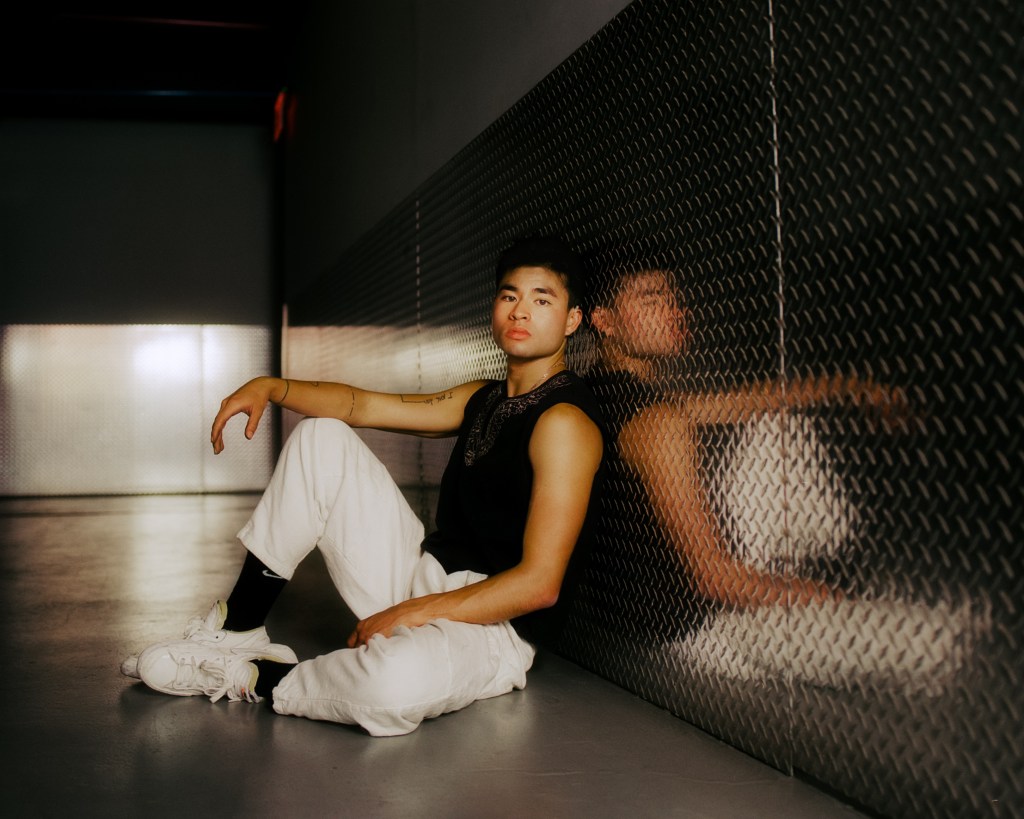Once a year, like a swarm of bees in puffy jackets, the film industry descends upon tiny Park City in Utah for the Sundance Film Festival. It’s the first major film event of the year and nobody has time to sleep or breathe: There are enough screenings, parties, panels, and events to last a month— yet, everything is crammed into twelve days.
While the festival, according to its mission statement, has been committed to programming “original storytellers and new voices” since 1978, those stories and voices have historically belonged to cis-gender, white men. But in the post-Weinstein era, which gave way to the #MeToo shockwave and inspired the Time’s Up initiative to protect women working in film, Sundance is catching up.
Videos by VICE
If you’re a woman working in Hollywood, the odds are against you and the stats barely include you. Only 4 percent of the top 1,100 studio films over the last decade have been directed by women— and only three were made by women of color. In general, 96 percent of all film directors are men, and 87 percent of directors across all platforms are white. Only five women have ever nabbed a Best Director-nomination at the Academy Awards, and this year’s list features zero females.
These numbers concerned the Sundance Institute, so the festival hired Karim Ahmad as Director of Inclusion and Outreach a little over a year ago to create more opportunities to diversify. They also created the Women at Sundance Initiative, spearheaded by festival programmer Caroline Libresco, to “discover, develop, and champion” independent storytellers.
This year, 112 feature-length films were selected to show during the festival, representing 33 countries and 45 first-time filmmakers. Of this group 53 percent of the directors in this year’s U.S. Dramatic Competition are women; 41 percent are people of color; 18 percent identify as LGBTQIA+.
“I think Sundance is really doing their part,” Amber Sealey the director behind How Does It Start, a short film about 12-year-old girl who is discovering her interest in sex, tells Broadly. “As we know, a lot of the European big film festivals are not, and the Oscars are not.”
Documentary filmmaker Jacqueline Olive recounts walking onto a set as a woman of color and not being recognized as the director. Her film Always In Season looks at the collective trauma caused by over a century of lynching African Americans, by investigating the story of a Black 17-year-old boy who was found hanging from a swing set.
“When I show up in communities, sometimes there are issues around people assuming that the cinematographer is the person in charge,” she says. “But the people that I work with, the men, in particular, will very quickly say: ‘I’m not in charge, you have to speak with her.’”
Female directing duo Bert & Bertie can relate to experiencing biases based in gender exclusion.
They were at the festival with Troop Zero, a feature film that follows a young girl who starts her own scouting group. They recall pitching a film to a room full of men and women in the UK and hearing from someone afterward that even the women were “listening with male ears.”
“Because that’s the system they’ve grown up in,” says Bert. “The way that we pitch, we’re not very formulaic. It’s quite cyclical. Maybe a more feminine way of pitching,” she explains. “We didn’t get the funding. Do we need to change a certain amount to get our voices heard and our stories made? Or does the framework in which we’re pitching need to change?”
Britt Poulton thinks its the latter. The director of Them That Follow, about an obscure American Pentecostal sect, remembers feeling pressure to appear more masculine, so she would be taken more seriously.
“We have these images of what it means to be in charge and those images are always privileged white men,” Poulton says. “So there is that pressure to reflect that, even if it doesn’t feel truthful for you. As I’m figuring out my way in this industry, I have taken that pressure off myself. I don’t have to be like a man to be given the same credence.”
Diverse as the festival strives to be, Sundance is not a studio and doesn’t have the direct power to hire or create safe spaces on set. But, they are a gateway; a part of the pipeline that’s attempting to funnel women into the industry at the same rate as men.
At Sundance, actress Tessa Thompson announced the 4% Challenge, encouraging the industry to work with women directors, especially women of color, within 18 months. While big studios are slow to come on board (so far, only Universal has pledged support), female filmmakers themselves are leading the charge.
For More Stories Like This, Sign Up for Our Newsletter
On Sealey’s latest feature, the crew was 87 percent women. Bert & Bertie made an effort to hire female heads of department for Troop Zero and brought groups of local girls on set to watch them at work. Director Ursula MacFarlane, the director behind Untouchable about the rise and fall of Harvey Weinstein, believes hiring more women sets an example to others in the industry and spends time mentoring young documentary filmmakers.
They all believe that giving women more opportunities to take on big projects will improve the sharp drop-off in numbers from shorts to features.
“I’ve been in rooms where I hear people talk about needing more people of color and not knowing where to look,” Olive says. “If you just turn around and ask me, I could roll off forty, fifty names. There are plenty of professionals in the industry already. Everybody can do better.”




